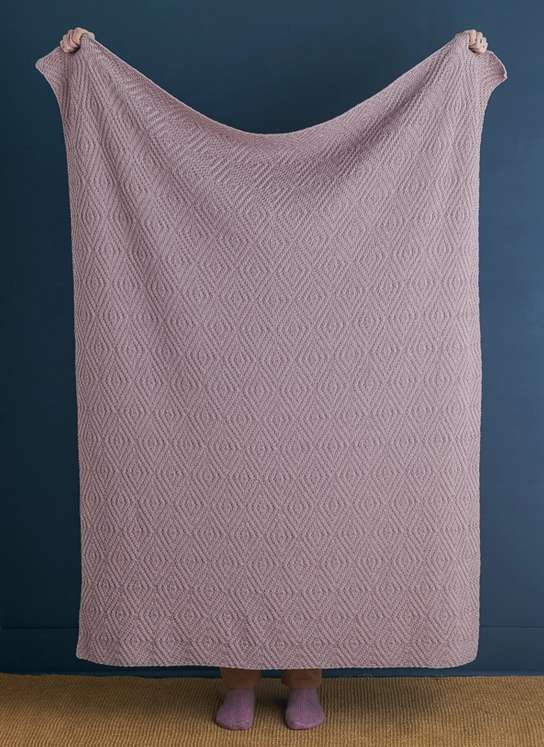Basic Lotion Recipe
written up by Jennifer Adler M.S., C.N.
from Conscious Choice
In 1962, Rachel Carson wrote in her groundbreaking book, Silent Spring, “For the first time in the history of the world, every human being is now subject to contact with dangerous chemicals, from the moment of conception until death.” We are exposed to synthetic chemicals in foods as well as in skin care products. The following lotion recipe comes from Jennifer Sundstrom of Natural Resource Herbals and contains high quality safe ingredients that can make winter skin glow, naturally.
1 heaping tablespoon grated beeswax
2 ounces pomace olive oil, or infused oil (extra virgin olive oil will work, but may leave your lotion smelling more like your salad dressing.)
1 teaspoon coconut oil (optional)
2 tablespoons water
1–2 drops essential oils (optional)
Melt beeswax in a double boiler. I recommend a glass measuring cup in a small pan to make pouring your finished product easier.
Add oil(s) and heat until everything liquefies. Heating olive oil promotes rancidity, so only heat as much as necessary to re-melt the beeswax.
Remove from heat. Using a hand-held stick/immersion blender, begin whipping the oil/beeswax mixture. Slowly drizzle in the water. Continue mixing for another minute or so. The lotion will be quite runny and hot at this point and will thicken over time as it cools. As your lotion cools, give it a whiz with your hand blender every 10–15 minutes until fully cool.
Pack lotion into the jar of your choice. Amber glass jars are ideal.
If you prefer a heavier cream-style, add more beeswax, or substitute coconut oil for the olive oil. If you prefer a more liquid lotion, add less beeswax.
Recipe can be doubled/tripled/quadrupled.
Optional: If you use essential oils, add 1–2 drops when adding the water.
Olive oil is highly regarded for its ability to hold moisture on the skin. It has a very long shelf life if not exposed to light or heat. For a high quality product, freshness and a lengthy shelf life, only buy olive oil in tins or opaque containers. To infuse olive oil: Place fresh cut-up plant material in a jar and cover with pomace olive oil. Store in a dark place for 6 weeks. Strain plant material and your oil is ready! Herbal possibilities for infused oil: lavender, rosemary, elderflower, rose petal, or your favorite plant ally.
